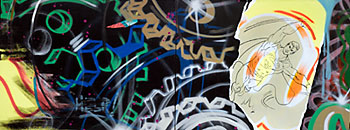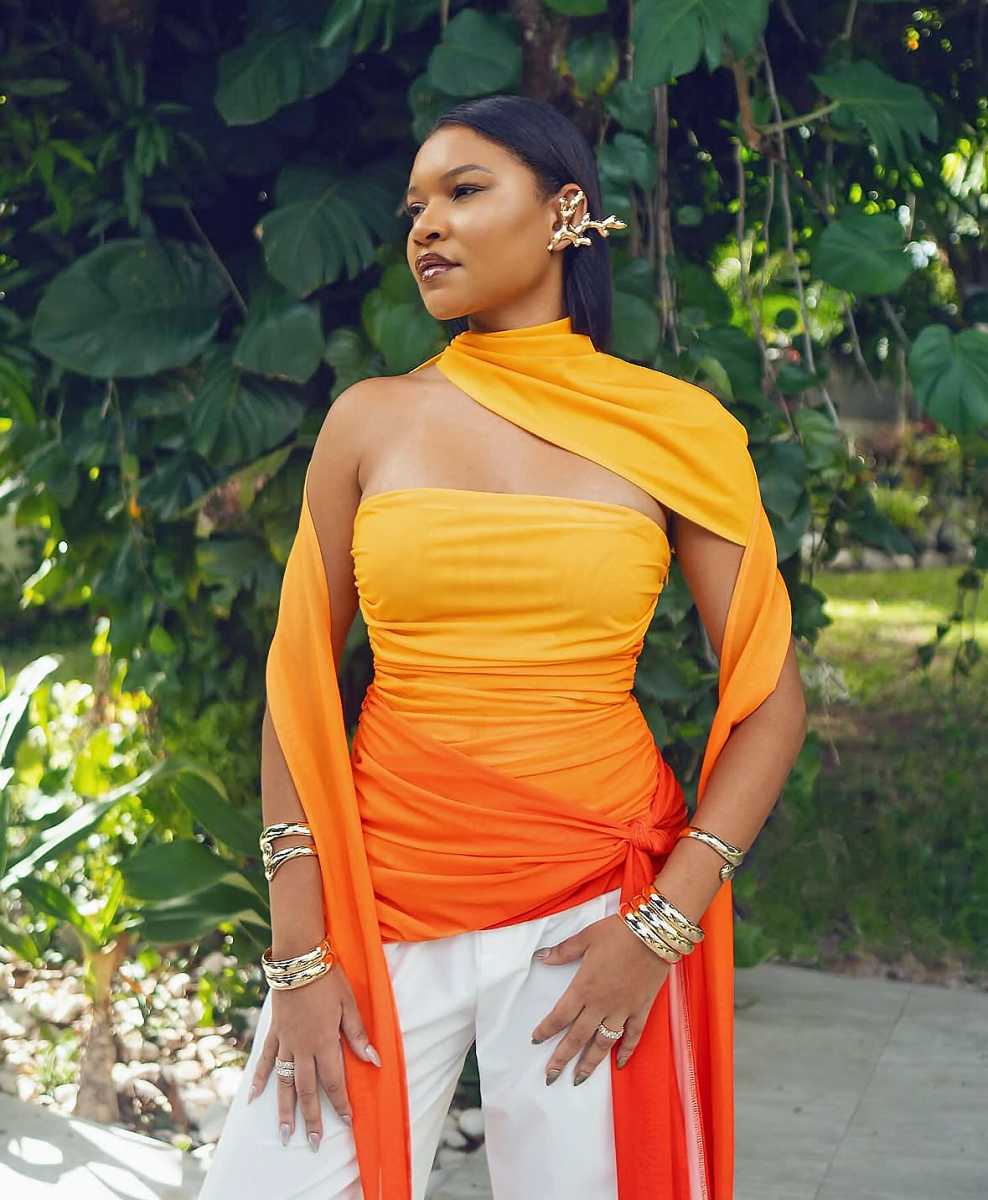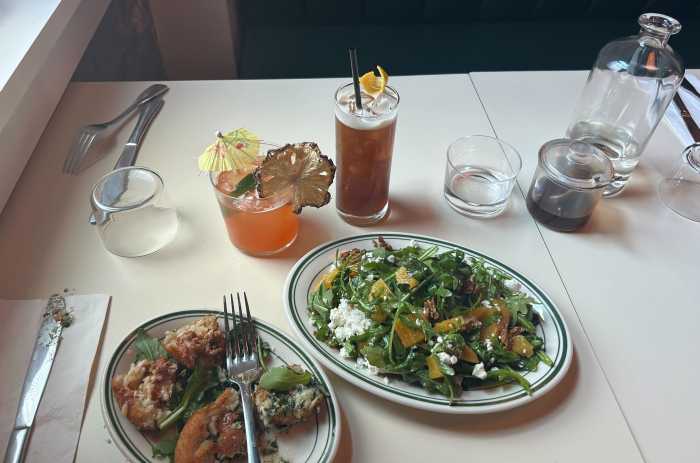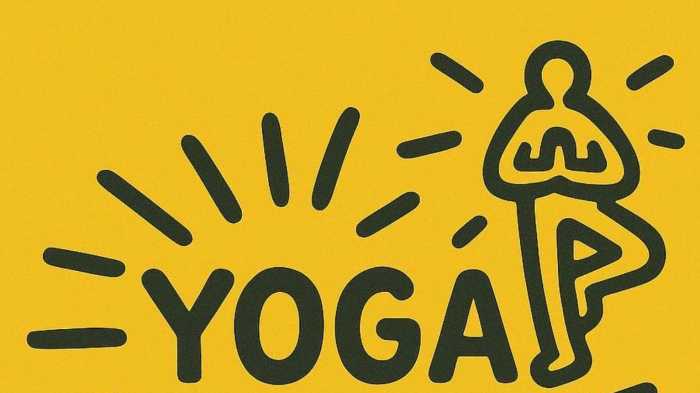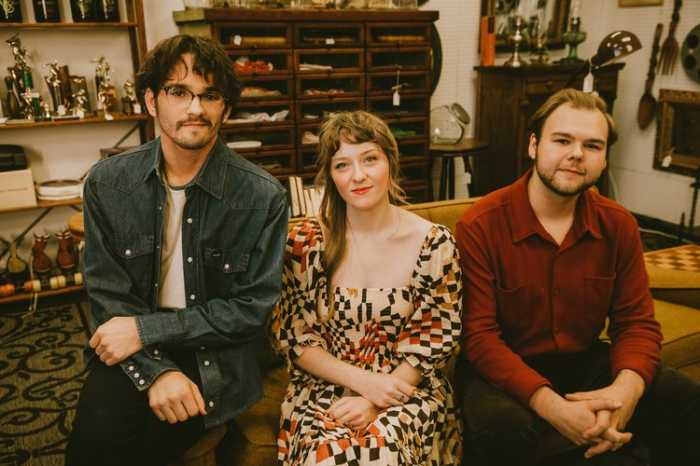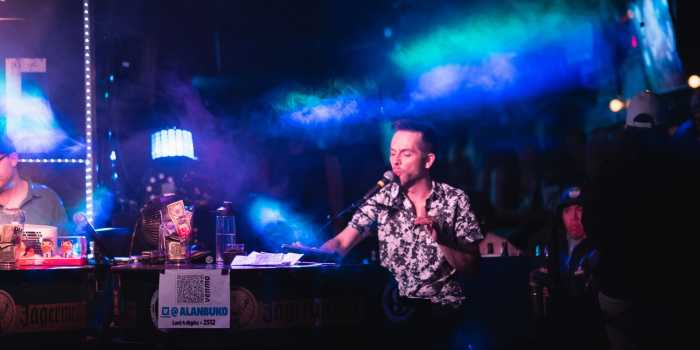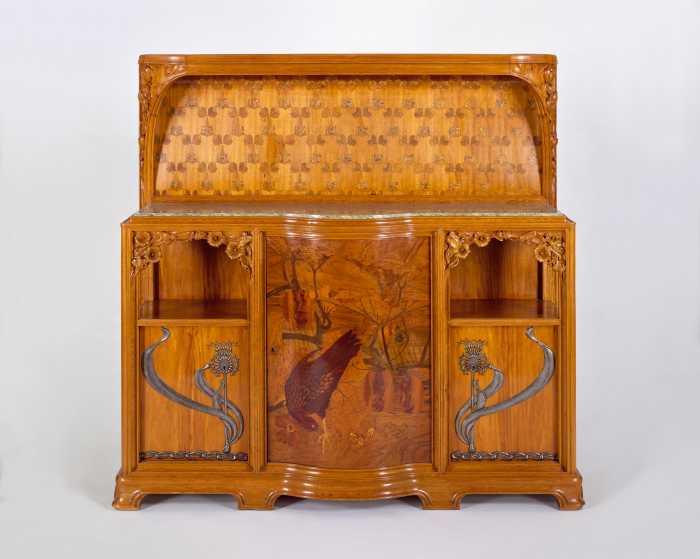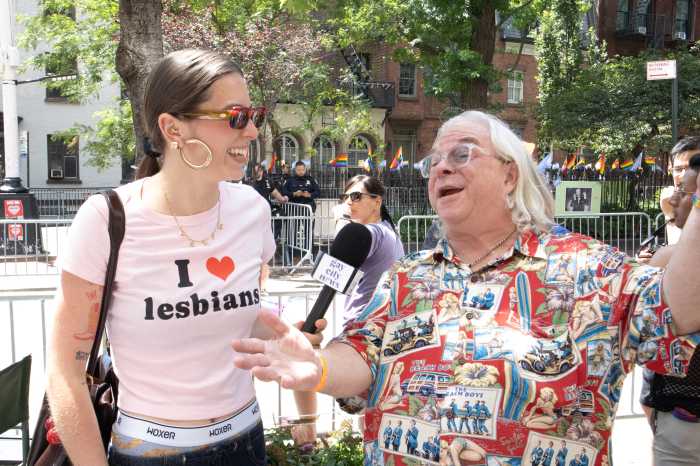I view the show as a kind of time capsule,"
Brooklyn-born artist Daze told GO Brooklyn about the Brooklyn
Museum’s "Graffiti" exhibition, which opens on Friday.
Daze – aka Chris Ellis – is one of 13 artists whose large-scale
paintings, all dating from the early 1980s, will represent the
controversial genre in this groundbreaking exhibition that continues
through Sept. 3.
The paintings were created at a transitional moment in the history
of the graffiti art genre. The years from 1979-1986 marked the
first flush of international notoriety for New York’s "writers":
a time when major European museums began showing established
writers like Daze, Crash and Tracy 168, and graffiti artists
turned their spray cans from painting subway walls to canvases.
The exhibition, chosen from among nearly 50 works gifted to the
museum from the estate of gallery impresario Sidney Janis, is
notable in that it is the first by a major New York museum to
be devoted wholly to works by modern graffiti artists.
"Graffiti" boasts an honor roll of the genre’s greats:
NOC 167, Kel 1, Tracy 168, Crash, Bear 167 and Fab 5 Freddy all
make an appearance. Nearly all are spray-painted works; some
canvases, such as "Constellation of Events" by Stash
and Sharp, or Phase 2’s stunning untitled painting have an abstract
sensibility.
Daze’s "Flesh and Intrigue" (1984), displays some classic
graffiti touches although it never rode the rails of the BMT.
A 6-by-8-foot canvas, the painting depicts the man-high face
of a film noir diva, green as emeralds and menaced (or is it
caressed?) by a sinuous pink snake. The diva’s earring is highlighted
by an airbrush-thin star, while blue circles trail about her
collar with a characteristic spray-can flourish.
According to Daze, he never imagined that one day he’d make it
big as an artist.
"As a young kid…I wanted to get my name around, be respected
by other artists," said Daze. "No one had any idea
that people would be interested in the work outside of the immediate
community. But when things did start to happen, it was important
to have a good work ethic."
When the spotlight of media attention turned a handful of "writers"
like Keith Haring and Jean-Michel Basquiat into stars overnight,
the graffiti scene exploded.
"I’ve continued to sell paintings for the past 20 years"
– since "Flesh and Intrigue" made its debut, he said.
The Crown Heights native still summons up the mystique of graffiti’s
netherworld origins in his work. But the vision of the city’s
street life Daze portrays has matured since his first strokes
were sprayed on canvas: these days, glamorous stars have given
way to gritty, urban landscapes.
"The work has evolved," said Daze. "My work has
always been about New York, but even more so now. [It’s] about
New York as a city itself."
She’s ’da bomb
Among graffiti’s success stories, one of the most recognizable
is Lady Pink, the first – and for many years only – prominent
female graffiti writer. Born in Ecuador, Lady Pink began "bombing"
– painting illegal murals and subway art – at the age of 15.
"I was attracted to the adventure, the rebelliousness of
it," says Lady Pink, aka Sandra Fabara. "The more guys
said ’you can’t do it,’ the more I wanted to do it…It was the
risk of it, but also having fun, to be cool and popular."
For Pink, the glamorous allure of graffiti paid off quickly.
In 1982, she starred in "Wild Style," Charlie Ahearn’s
classic film about the artform and the birth of hip-hop. Soon
her paintings were commanding high prices on the international
art scene.
The example of her art in the Brooklyn Museum show is not typical
of her current work: "The Black Dude" (1983) recalls
Lichtenstein, with a huge angry head in the foreground, dramatically
rendered with graphic, comic-book-like shapes in black, red and
blue. Her more recent work uses softer shading and complex intertwining
forms, often addressing political subjects.
It’s no surprise that Pink, who has collaborated over the years
with Jenny Holzer and the Guerrilla Girls, has frequently championed
women’s involvement in the arts.
"Times have changed, and now there’s a lot of females [making
graffiti]," Pink says. "They wouldn’t say ’you can’t
do that because you’re a girl’ anymore. Now they’d say, ’Okay,
you better keep up!’ "
In her mind, there’s no question that being a graffiti artist
was the pathway to her success.
"It has opened a lot of doors because of the controversy.
It’s titillating for anybody above-ground to rub shoulders with
an outlaw and see that we’re tame," says Pink.
Legal battles
Although most top "writers" choose to shun illegal
tactics following the onset of fame, the controversy surrounding
their art continues to cut both ways. Last August, in a move
reminiscent of brouhahas of the past, city officials moved to
stop Marc Ecko, a graffiti-artist-turned designer, from holding
a Manhattan block party because several writers, including Pink,
had been invited to paint graffiti on fake ’70s subway cars as
a nostalgia piece.
Mayor Bloomberg put the kibosh on the plan, arguing that it was
an encouragement to youth to commit vandalism, but a court ruling
citing the First Amendment restored Ecko’s permit. Ecko has since
brought a federal suit against Bloomberg, the city, and Queens
Councilman Peter Vallone, Jr.
In 2005, Vallone penned an anti-graffiti law that made it illegal
to sell spray-paint, certain markers or etching acid to anyone
under age 21, or for minors to possess these items. Ecko and
seven artists ages, 18 to 20, have challenged the constitutionality
of the law.
For Pink, the "Graffiti" show at the Brooklyn Museum
is a long overdue legitimization by the local art establishment
of an art genre that was recognized as important by European
museums 25 years ago. She still paints mural commissions, but
she hasn’t done any "bombing" in years.
"You make choices in your life. You get too old to outrun
the cops – you have to face it," said Pink with a chuckle.
"If you can keep working at what you love, that’s the best
thing of all."
"Graffiti" will be on display at the Brooklyn Museum
(200 Eastern Parkway at Washington Avenue in Prospect Heights),
from June 30 to Sept. 3. Admission is $8 for adults, $4 for seniors
and students with ID, and free for children younger than 12.
For more information, call (718) 638-5000 or visit www.brooklynmuseum.org.


